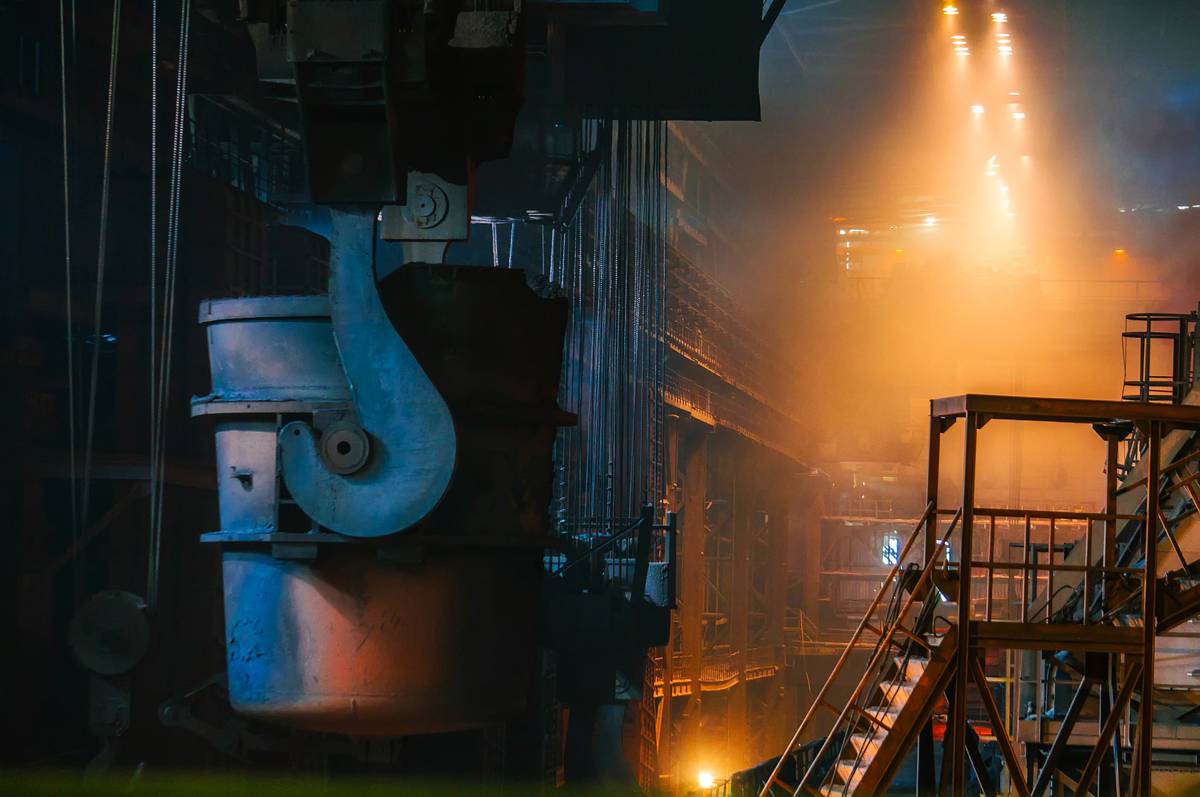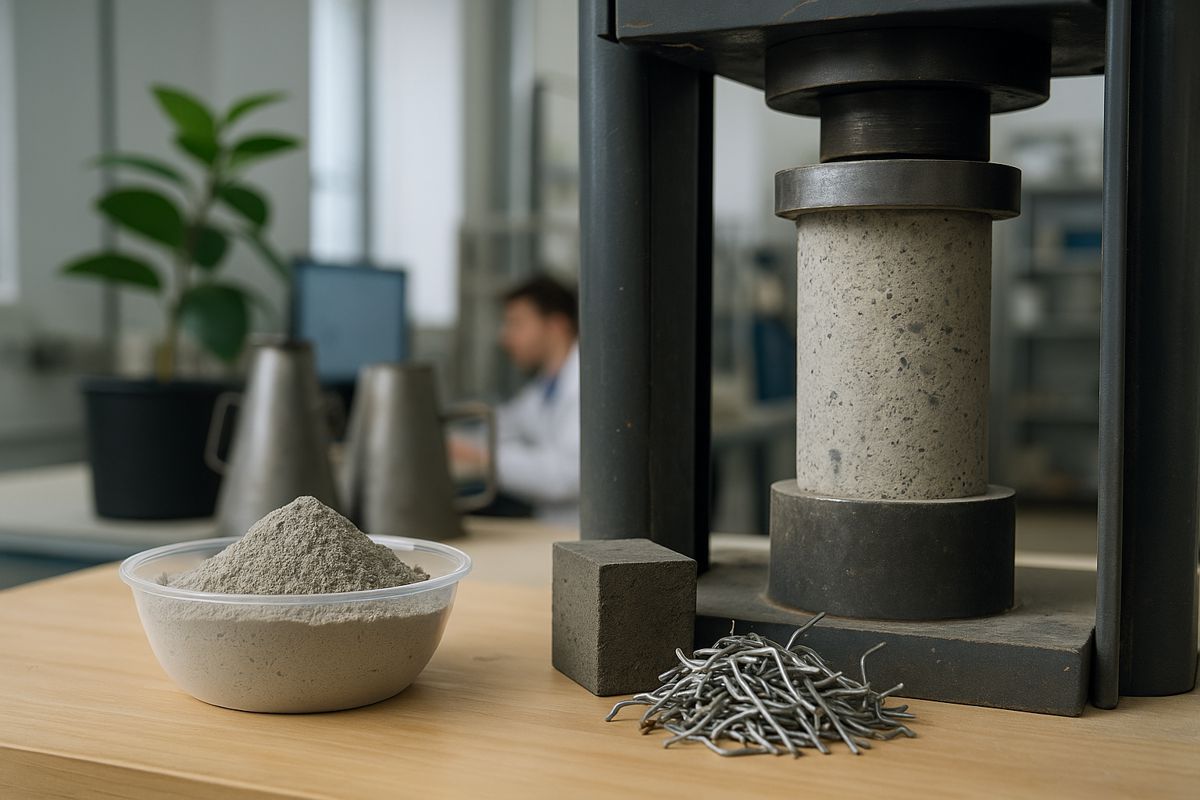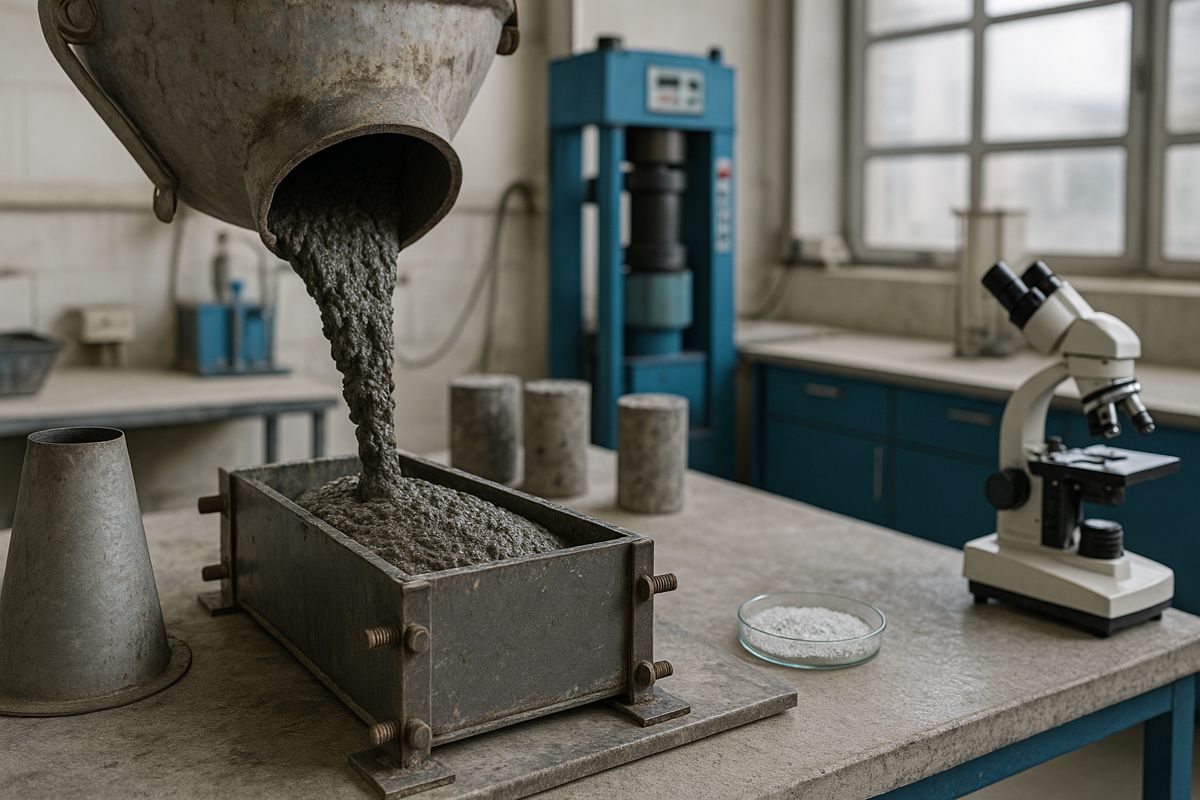Rio Tinto delivers low-carbon steel with new production technology
Rio Tinto is progressing an innovative new technology to deliver low-carbon steel, using sustainable biomass in place of coking coal in the steelmaking process, in a potentially cost-effective option to cut industry carbon emissions.
Over the past decade, Rio Tinto has developed a laboratory-proven process that combines the use of raw, sustainable biomass with microwave technology to convert iron ore to metallic iron during the steelmaking process. The patent-pending process, one of a number of avenues the company is pursuing to try to lower emissions in the steel value chain, is now being further tested in a small-scale pilot plant.
If this and larger-scale tests are successful, there is the potential over time for this technology to be scaled commercially to process Rio Tinto’s iron ore fines.

Rio Tinto Iron Ore Chief Executive Simon Trott said: “We are encouraged by early testing results of this new process, which could provide a cost-efficient way to produce low-carbon steel from our Pilbara iron ore.
“More than 70 per cent of Rio Tinto’s Scope 3 emissions are generated as customers process our iron ore into steel, which is critical for urbanisation and infrastructure development as the world’s economies decarbonise. So, while it’s still early days and there is a lot more research and other work to do, we are keen to explore further development of this technology.”
Rio Tinto’s process uses plant matter known as lignocellulosic biomass, instead of coal, primarily as a chemical reductant. The biomass is blended with iron ore and heated by a combination of gas released by the biomass and high efficiency microwaves that can be powered by renewable energy.

Rio Tinto researchers are working with the multi-disciplinary team in the University of Nottingham’s Microwave Process Engineering Group to further develop the process.
The University’s Head of Department, Chemical and Environmental Engineering, Professor Chris Dodds, said: “It is really exciting to have the opportunity to be part of a great team working on a technology that, if developed to commercial scale, has the potential to have a global impact through decarbonising key parts of the steel production process.”
The use of raw biomass in Rio Tinto’s process could also avoid the inefficiencies and associated costs of other biomass-based technologies that first convert the biomass into charcoal or biogas.
Lignocellulosic biomass includes agriculture by-products (i.e. wheat straw, corn stover, barley straw, sugar cane bagasse) and purpose-grown crops, which would be sustainable sources for the process.

Importantly, the process cannot use foods such as sugar or corn, and Rio Tinto would not use biomass sources that support logging of old-growth forests.
Simon Trott said: “We know there are complex issues related to biomass sourcing and use and there is a lot more work to do for this to be a genuinely sustainable solution for steelmaking. We will continue working with others to understand more about these concerns and the availability of sustainable biomass.”
If developed further, the technology would be accompanied by a robust and independently accredited certification process for sustainable sources of biomass.



















